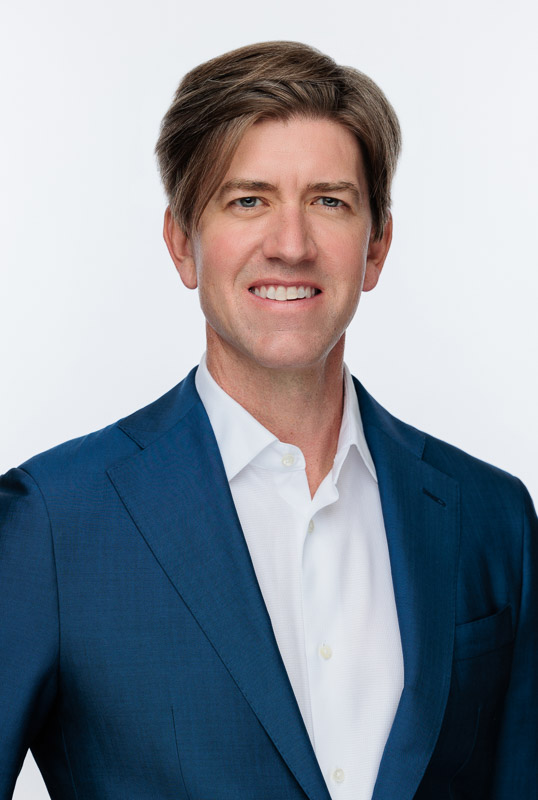This debate has been ignited by the publication of draft guidelines by the National Institute for Health and care Excellence (NIcE) in the UK, which recommend against Endovascular aortic repair (EVAR) as the first line management of elective infrarenal aortic aneurysm, largely on the grounds of high re-intervention rates and cost-effectiveness.
Draft NICE guidelines have sent major ripples through the community of surgeons and interventionalists who treat these patients, but yet they have also provided an opportunity for reflection and that forms the basis for this review. EVAR and open surgical repair are not competitive therapies, each has its merits and a patient specific approach should be taken when deciding on the appropriate method for each individual patient.
Endovascular repair still has a major role to play in modern practice, in good clinical indication and will continue to do so for years to come, with the caveat that contemporary devices are not perfect and there is room for improvement. In this review a comprehensive overview of the commercially available devices is presented, which includes various clinical, biomechanical and biological considerations.
Our latest publications on AAA EVAR Stent had shown that the Perfect Stent Had Not Been Designed or Produced and all current AAA devices are obsolete.
All Multinationals Have Focused on Reducing Profile of Delivery System in Order to Make Technology More Amenable to Percutaneous Access Thereby Expanding Customer Base to Interventional Cardiologists. In Their Pursuit of Market Share, they Compromised Fundamental Science Behind Design of a Good Endograft & Jeopardised Long-term Durability.
The optimum graft must have Proximal & Distal Fixation by Stainless Steel build Stents Without Any Barbs. Barbs induces a systemic and local inflammatory process that leads to expansion of the aortic neck. All Endograft Must Have an Exoskeleton Covered with An Ultra-thin Layer of ePTFE to protect the main graft. The Main Body Must have a Ringed Stents Rather Than Z Stents to allow elastic recoil and prevent cardiovascular major adverse clinical events mainly systolic hypertension and congestive heart failure.
Iliac Flared Limbs More Than 24mm In Diameter Should Be Avoided as Larger Iliac Diameters Induce Major Pulsation Forces & Distort Blood Flow from Main Graft Body.
Moreover, any available graft on the market, where the Main body of the graft and its iliac limbs with is 14 mm in diameter or less must be abandoned as it predisposes to thromboses in any event of hypotension. Polyester grafts had the highest incidence of limb thrombosis which over take the advantage of less type II endoleak.
A high-volume centers personalized patient approach to every patient with aortic aneurysm must be adopted. Vascular surgeons alone provide both open repair and EVAR treatments without the need for any interventional radiology team, as it is mandatory in UK Centers. To increase applicability of EVAR, over the broad spectrum of aorto-iliac anatomic configurations, vascular surgeons must master at least 4 grafts.
Investigational FEVAR Or BEVAR must nnly be executed during a course of a clinical trial with a sturdy safety committee that can collapse the program when such ploys show harm, toxicity and maltreatment to the patients.
A patient is better served with straight EVAR or alternatively open repair. Fixing the aorta at four points, two at the renals arteries and two at the mesenteric branches are invitation for a catastrophe, with risks of critical shuttering and loss of native side branches in 50% of patients.
More over a metallic jacket acting as a long stiff tube in the aorta causes a negative haemodynamic cardiovascular consequence which had been ignored. All such cases develop congestive cardiac failure, systolic hypertension and succumb to cardiac complications. We substituted aneurysm related mortality with cardiac related mortality
All vascular surgeons must shortened the aorta stented segment in order to decrease the negative cardiovascular consequences.
Giant AAA must be mastered by open surgical repair in high volume centers.
AAA must be repaired on a smaller diameter with precision designed grafts to ensemble patients from oversizing with minimum numbers of modular or limbs components.
Vascular surgeons must master the lost art of open complex aortic surgery.
Dr. Sherif Sultan’s published paper in the Italian Journal of Vascular and Endovascular Surgery can be found here.



